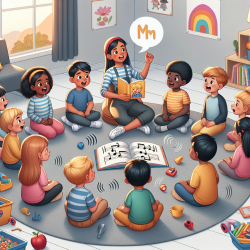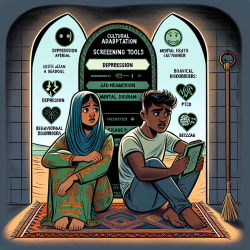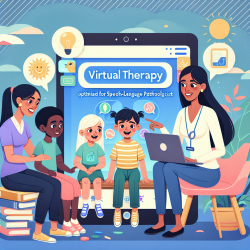Key Findings
The study used functional magnetic resonance imaging (fMRI) to compare brain activation patterns in three groups of children: typically developing readers, dyslexic readers, and readers with monocular vision due to ocular motility disorders. The results indicate that dyslexic children have distinct brain activation patterns that differ significantly from those with ocular motility disturbances.
- Dyslexic children tend to hypoactivate language-related areas in the left hemisphere, such as the visual word form area and left Wernicke's area, which are crucial for phonological processing.
- To compensate for these deficits, dyslexic children activate areas related to the orthographic route, including the anterior part of the visual word form area and the posterior part of both middle temporal gyri.
- Ocular motility disturbances do not play a causal role in dyslexia. Dyslexia appears to be a neurological disorder unrelated to vision impairments.
Implications for Practitioners
Based on these findings, practitioners can improve their skills and therapeutic approaches by focusing on the following areas:
1. Phonological Awareness
Given the hypoactivation in phonological processing areas, practitioners should emphasize activities that enhance phonological awareness. This could include:
- Phoneme segmentation and blending exercises
- Rhyming and alliteration activities
- Use of phonics-based reading programs
2. Orthographic Route Development
To support the compensatory mechanisms observed in dyslexic children, practitioners should also focus on developing the orthographic route. Strategies might include:
- Visual word recognition exercises
- Practice with high-frequency words
- Multisensory approaches that integrate visual, auditory, and kinesthetic learning
3. Multidisciplinary Approach
Given that dyslexia is a complex neurological disorder, a multidisciplinary approach is essential. Collaborate with other professionals, such as speech-language pathologists, occupational therapists, and educational psychologists, to provide comprehensive support.
4. Early Intervention
The study suggests that early recognition and intervention are crucial for achieving the best outcomes. Implementing early screening and intervention programs can help identify dyslexia and provide timely support.
Encouraging Further Research
This study opens the door for further research into the neurological underpinnings of dyslexia. Practitioners are encouraged to stay updated with the latest research and consider participating in studies to contribute to the growing body of knowledge in this field.
To read the original research paper, please follow this link: Reading networks in children with dyslexia compared to children with ocular motility disturbances revealed by fMRI.










